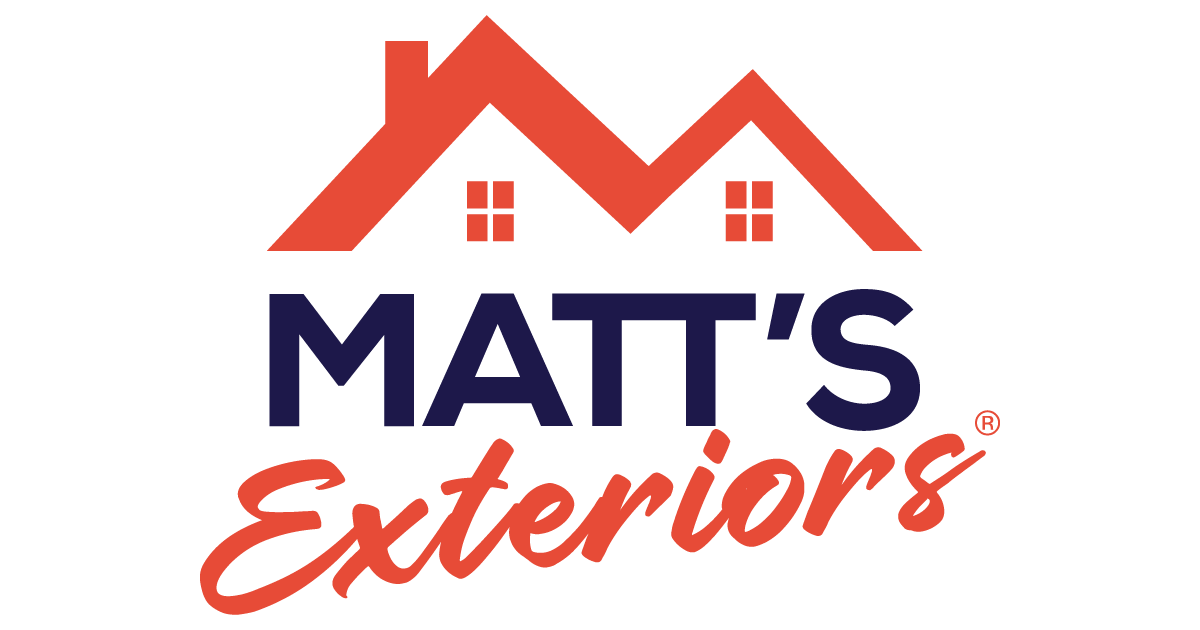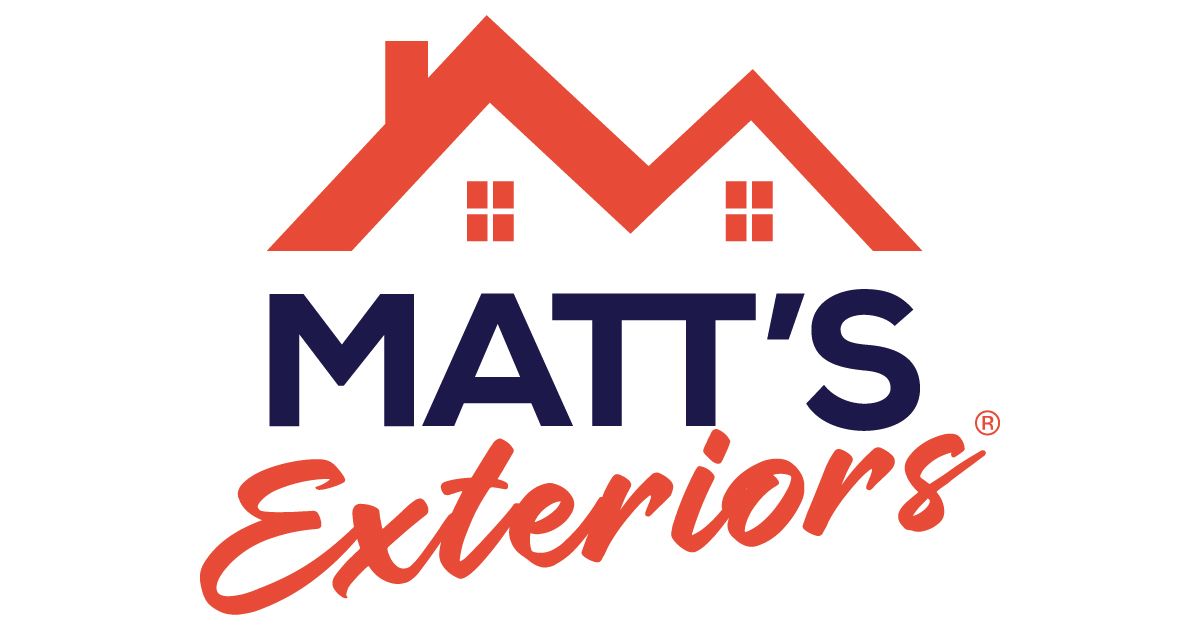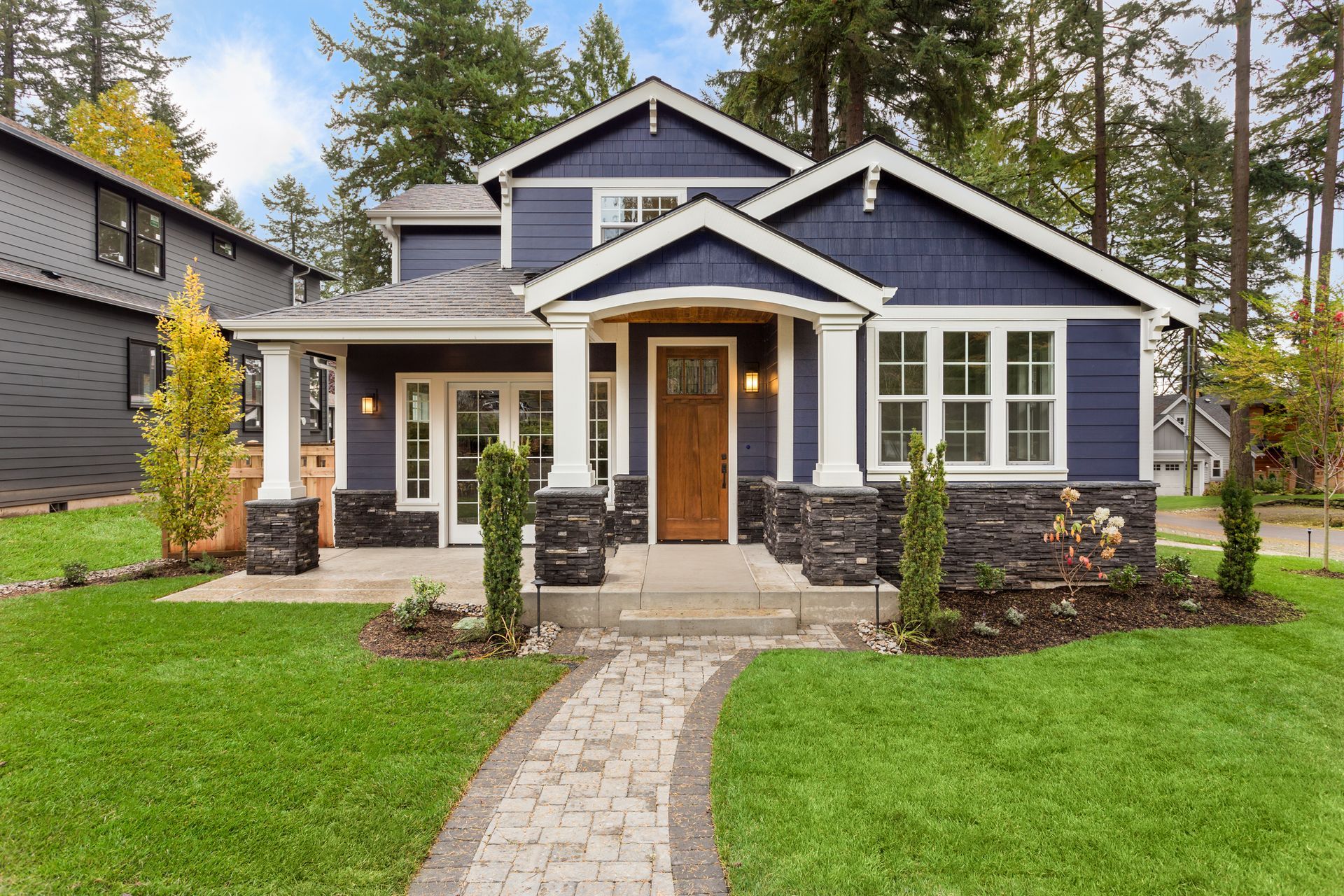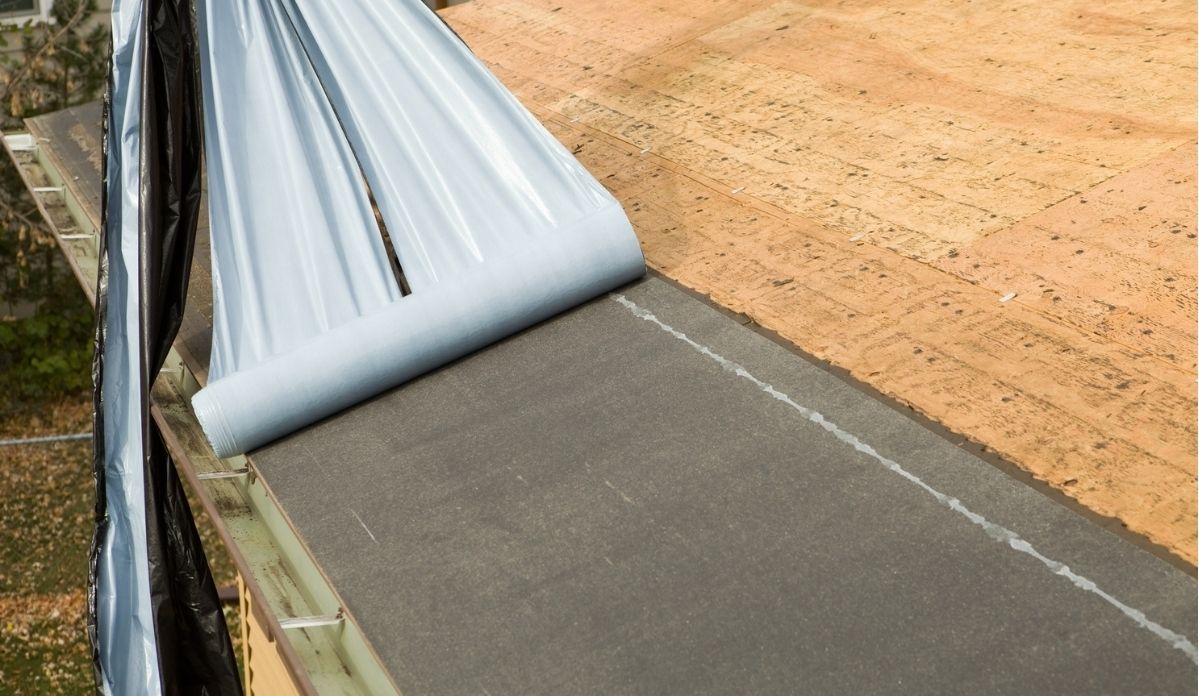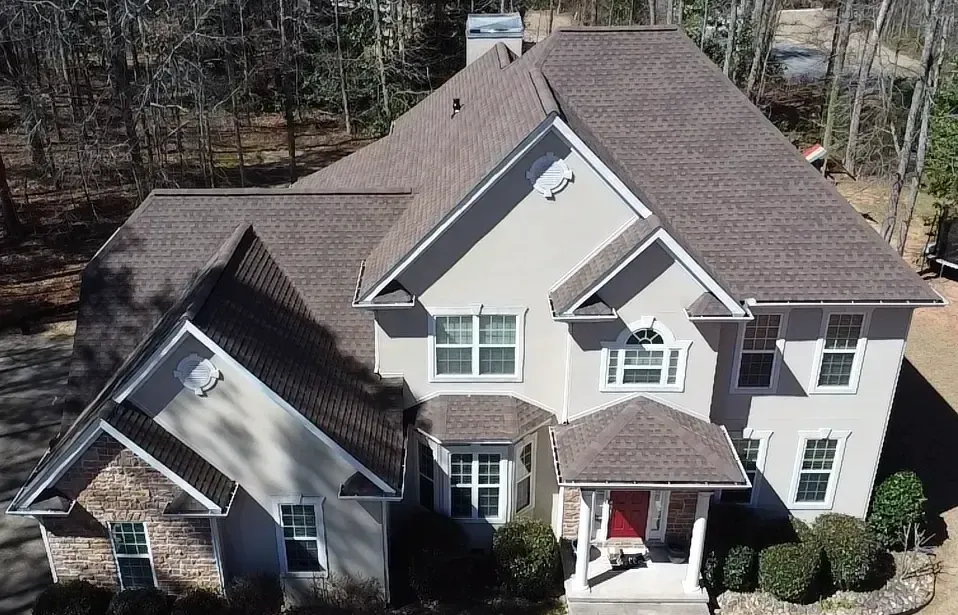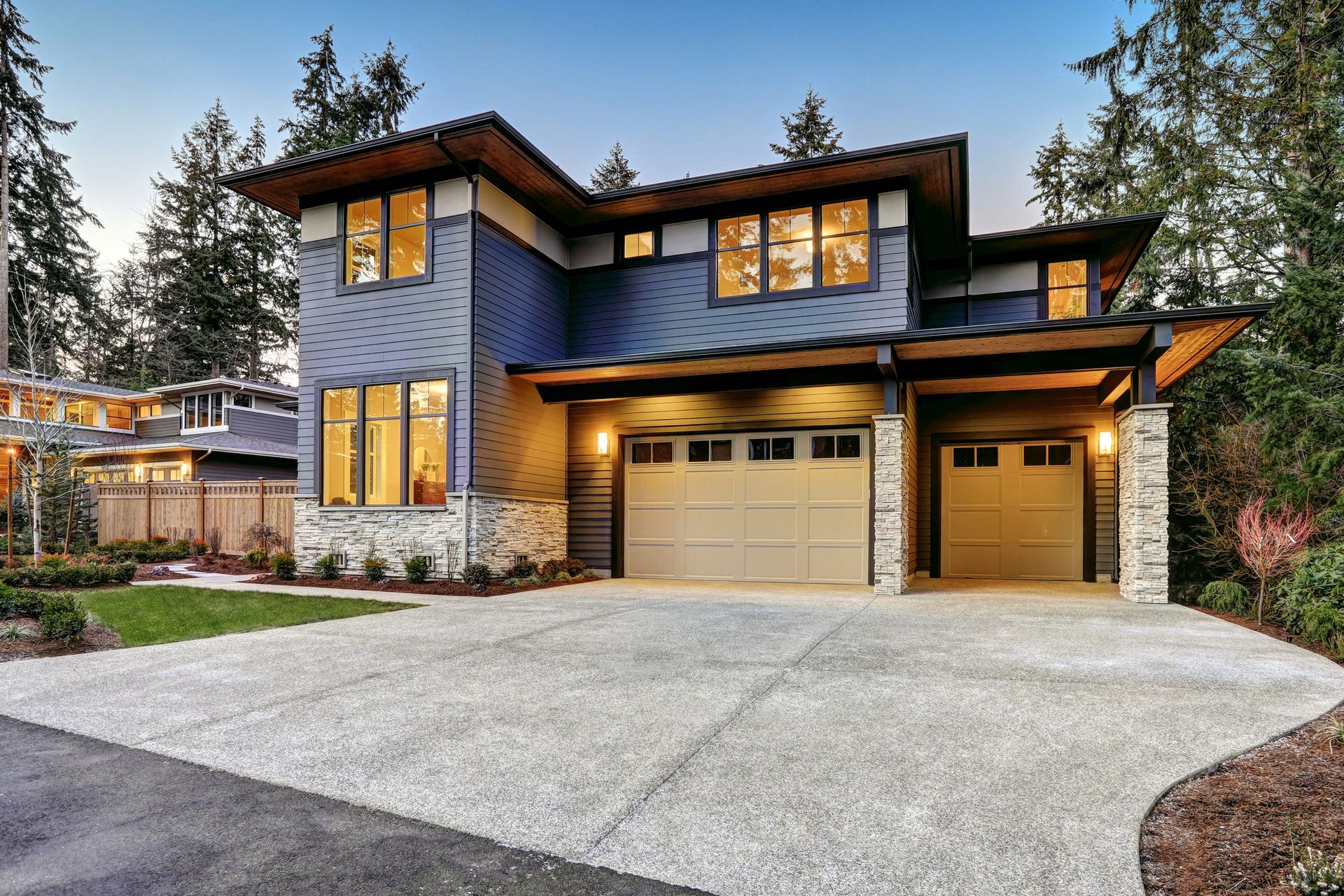Window Styles Explained: A Homeowners Guide To Window Styles

Replacing your windows is an investment. The style you choose affects energy efficiency, home value, and how your home looks—inside and out. At Matt’s Exteriors, we help homeowners choose windows that perform well and fit the structure and character of the home.
Here’s a breakdown of the most common window styles.
Double-Hung Windows
Most common style. Both sashes open vertically. Easy to operate and easy to clean.
- Works well in almost any room
- Tilt-in feature allows for interior cleaning
- Good for ventilation and air flow

Picture Windows
Large, fixed-pane window that does not open.
- Brings in maximum natural light
- Often used to frame outdoor views
- Pairs well with operable windows for function
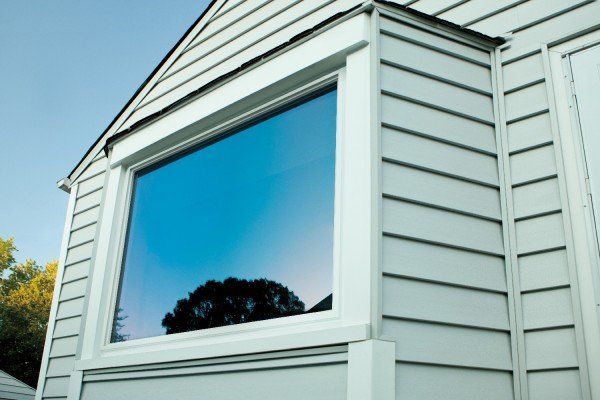
Casement Windows
Hinged on the side. Crank-operated. Seals tightly when closed.
- Ideal for over sinks or in hard-to-reach places
- Excellent ventilation
- More energy efficient than sliding or double-hung windows

Awning Windows
Hinged at the top and open outward from the bottom.
- Can be left open during rain
- Common in bathrooms and basements
- Often used above or below fixed windows

Sliding Windows
Glide horizontally on a track. Simple design.
- Best for wide openings with limited clearance
- Easy to use and maintain
- Common in modern or contemporary homes

Springline Windows
Flat on the bottom with an arch on top.
- Adds architectural interest without overwhelming the space
- Commonly installed above doors, in foyers or large window groups
- Typically non-operable (do not open)

Bay Windows
Three-window configuration that projects outward at an angle.
- Adds natural light and exterior dimension
- Often installed in front rooms or living rooms
- Creates space for a window seat or display area

Bow Windows
Made of four or more equal-sized windows that curve outward.
- Creates a softer & more rounded appearance
- Allows more light than a bay window
- Works well on large exterior walls

Garden Windows
Box-shaped window that extends outward with a glass top and sides.
- Ideal for kitchens
- Provides shelf space for plants or herbs
- Allows light in from multiple angles

Geometric Windows
Custom shapes—circles, triangles, trapezoids, etc.
- Used for visual interest, not function
- Usually fixed (do not open)
- Usually installed in gables or accent areas

Conclusion
Choosing the right window style isn’t just about appearance—it’s about function, layout, and long-term performance. We help you weigh your options based on:
- Your home’s layout and style
- Light and ventilation needs
- Energy efficiency goals
- Budget and installation requirements
FAQ (Frequently Asked Questions)
How do I know it’s time to replace my windows?
Signs include drafts, condensation between panes, difficulty opening or closing, rising energy bills, or visible damage to the frame. If your windows are over 20 years old, it’s likely time to replace them—especially if you’re planning to stay in the home long term.
How long does window installation take?
Most standard residential window projects are completed in 1–2 days, depending on the number of windows and complexity.
Do you offer financing for window replacement?
Yes. We work with several financing partners to help spread the cost over time. We’ll explain all available options at your estimate appointment. Learn more about our financing here.
What are the most common window materials?
The most common window materials are vinyl, fiberglass, and aluminum-clad wood.
